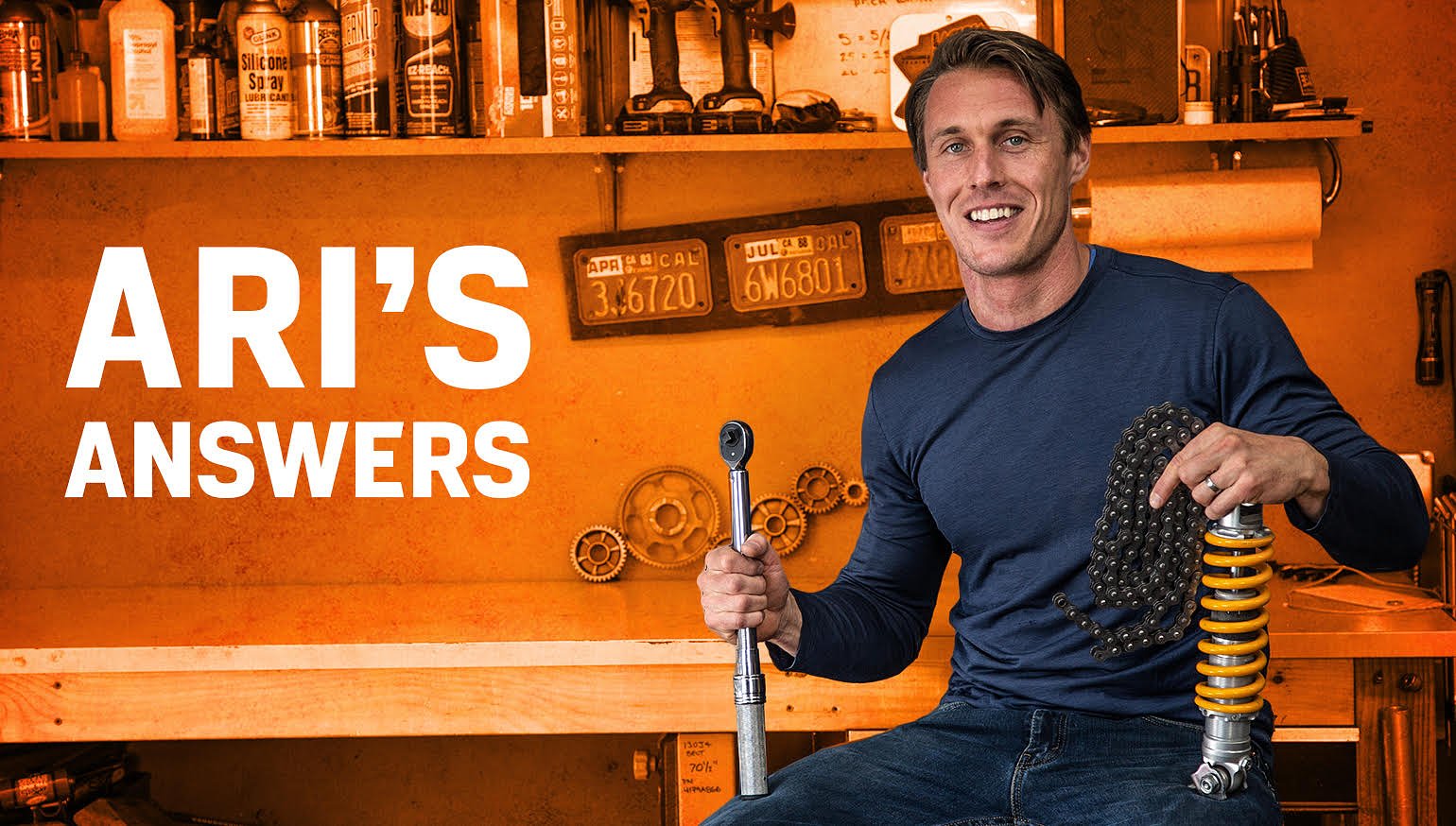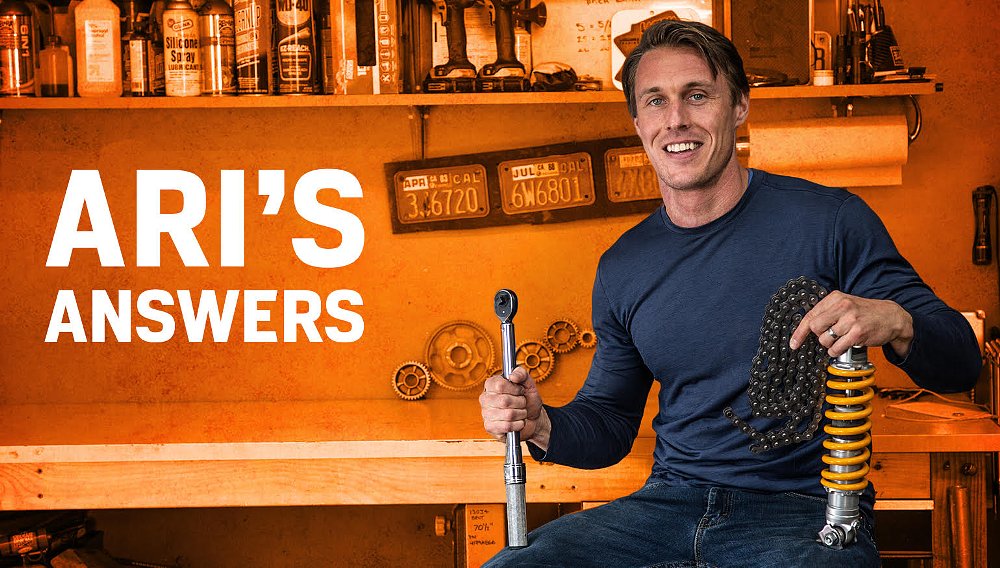For the most part, riders don’t give their bike’s clutch a thought unless it’s misbehaving. This round of Ari’s answers addresses several clutch concerns that most riders will experience sooner or later. Let’s get rolling.
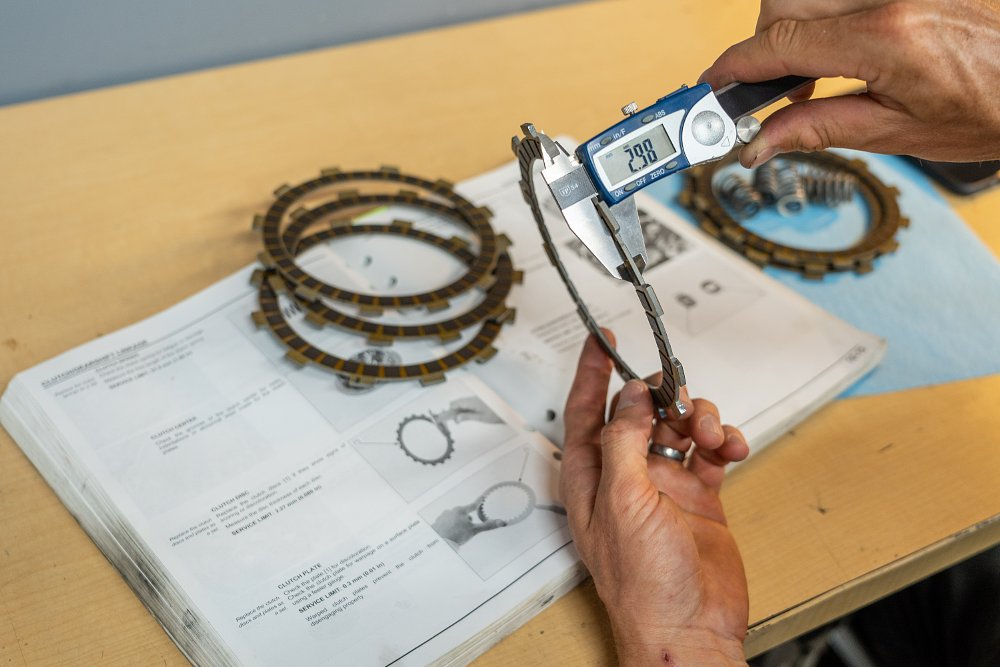
How do I know when I need to replace my dry clutch, and can I do it myself or do I have to see a professional? — @theycalmepanda
When your clutch pack is nearing the end of its service life, it will likely start to slip under hard acceleration, meaning that engine revs rise but you don’t get a corresponding amount of acceleration at the rear wheel. That’s because the clutch plates, which serve as the link between the crank and the rear wheel, are slipping past each other rather than gripping firmly.
Clutch plates are consumable parts, and over time they wear thin. The process usually takes between 20,000 and 50,000 miles depending on the bike and how it’s ridden, and I normally wait for my clutch to show signs of distress before replacing it. However, it is possible to inspect the plates to determine their condition. Look for discoloration (blackened friction plates, blued steel plates) and glazing on the friction material, and measure their thickness with a caliper and compare it to the service limit listed in your workshop manual.
And when it comes time to replace your clutch, the dry setup on your bike actually makes it easier to DIY since you don’t have any oil to deal with.
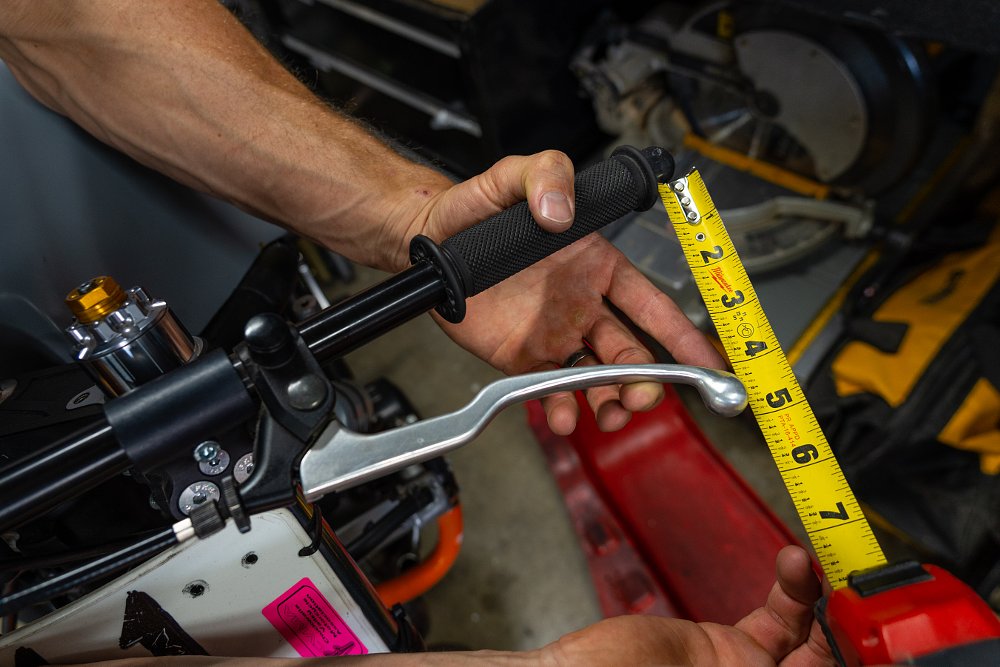
I recently noticed that the bite point on my clutch lever has gotten really close to the grip. What kind of adjustments should I make? — @NZ
To adjust your clutch lever’s engagement point, you need to alter the cable slack. That’s accomplished by turning the barrel adjuster at the lever or at the other end of the cable down at the engine.
In your case, you want to move the engagement point away from the grip, so you need to reduce the cable slack. If you aren’t able to get the bite point where you want using the adjuster at the lever, then spin it all the way in and use the barrel adjuster at the engine to take up the bulk of the slack. Then fine-tune the setup with the lever adjuster.
It’s important to maintain the proper free play to ensure the clutch fully engages when you release the lever. Most manuals recommend 10 to15 mm of free play as measured at the end of the lever, and it's something you should check about as often as you change the oil.
I have a clutch oddity. Normally the friction zone is right in the middle, but recently it moved to where the lever has to be all the way out. Could I have glazed or burnt my discs? — @jed_rolfes
Usually the engagement point moves closer to the bar over time as the clutch plates wear thinner. The fact that yours moved away from the bar suggests that the plates got thicker somehow, and you’re on the right track asking whether they may be glazed, because the only way plates get thicker is via heat.
Under heavy use (like race starts, or wheelies) the clutch plates can expand and warp. A few thousandths of an inch of expansion for each friction and steel plate may cause quite a difference at the lever. If the bite point returns to normal after the engine has cooled or you’re able to properly readjust the cable slack and attain proper engagement, then it's unlikely that any damage was done. If, however, the clutch begins slipping or shudders, you’ve likely glazed or warped the discs, and the pack will need to be replaced.
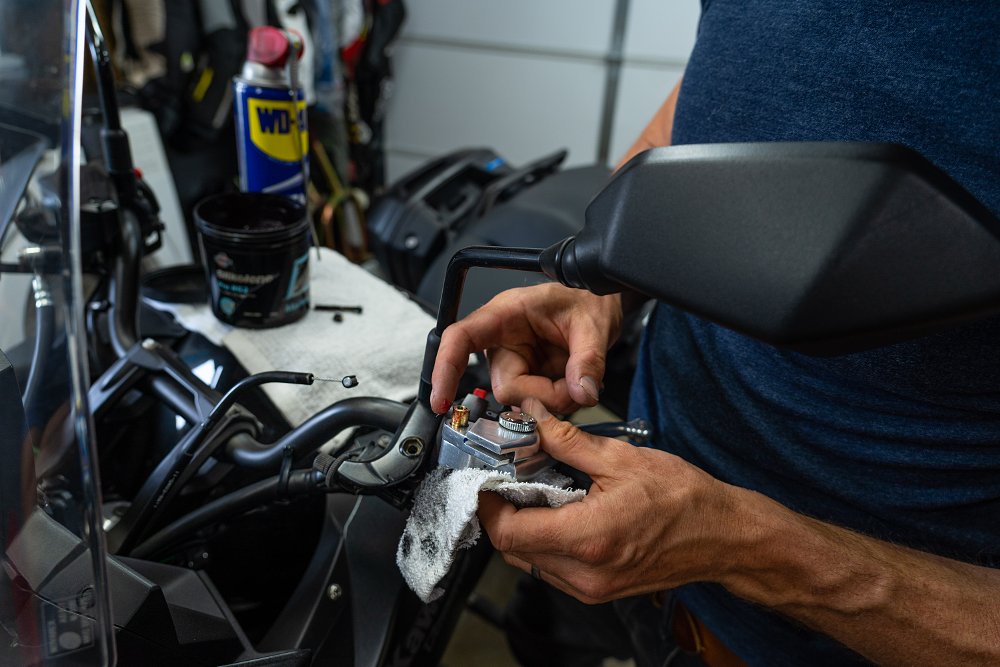
How do you lube your clutch lever? Mine is starting to stick and doesn’t snap back like it should. — @elques0
Your clutch-lever pivot should get the same treatment as the other plain-bearing pivots on your bike (shifter, sidestand, front and rear brake pivots, as well as the throttle tube), which means periodic cleaning and lubrication. Once a year ought to be fine in most climates.
To clean it, disassemble the pivot and wipe everything down with a rag. Spraying a little WD-40, carb cleaner, or isopropyl alcohol on the rag will help cut through the grime. Clean the lever, the pivot hole or bushing, the perch, and the pivot bolt, then apply a thin layer of waterproof grease to the pivot bolt or bushing and reassemble everything.
I’m guessing you have a cable-operated clutch, in which case your cable may also be in need of lubrication. You can make a funnel out of the corner of a plastic bag and a rubber band. Secure it to the end of the cable and then use it to feed lube (regular engine oil works) down into the housing.
Also keep in mind that some lever-pivot bolts thread into the perch and are secured with a lock nut. If you tighten the pivot bolt too much it may pinch the lever, causing it to bind. Leave it loose enough that the lever can move freely and then tighten the locknut to keep the pivot secure.

 Membership
Membership

